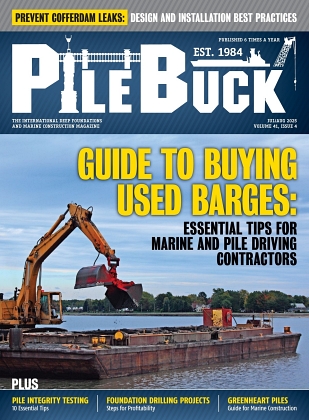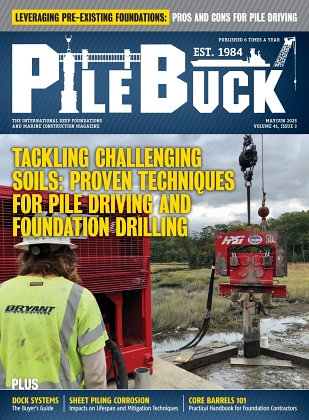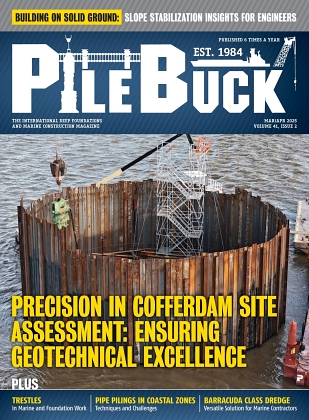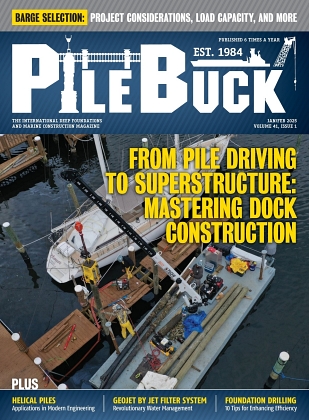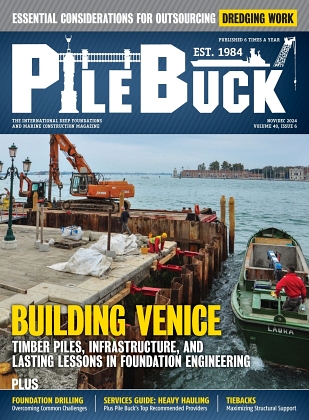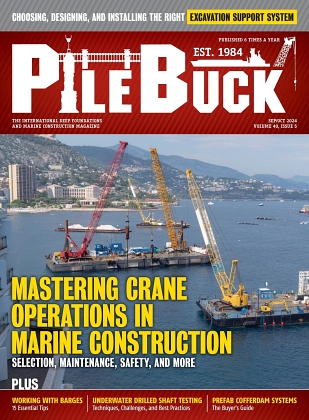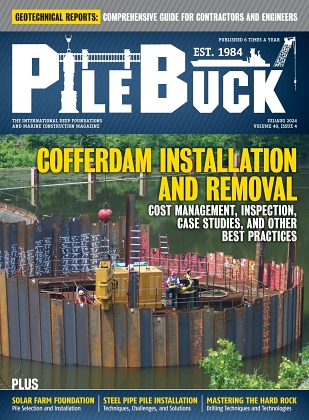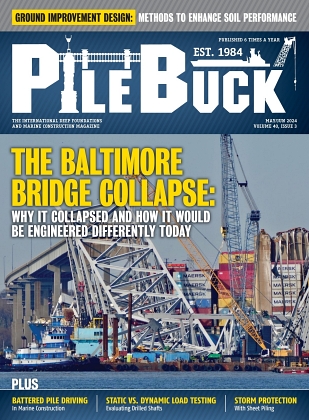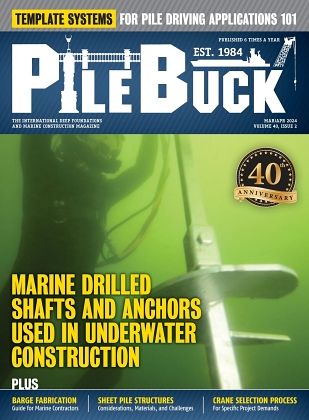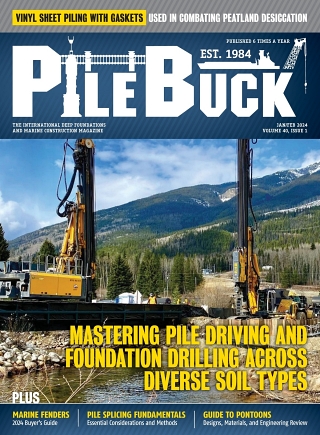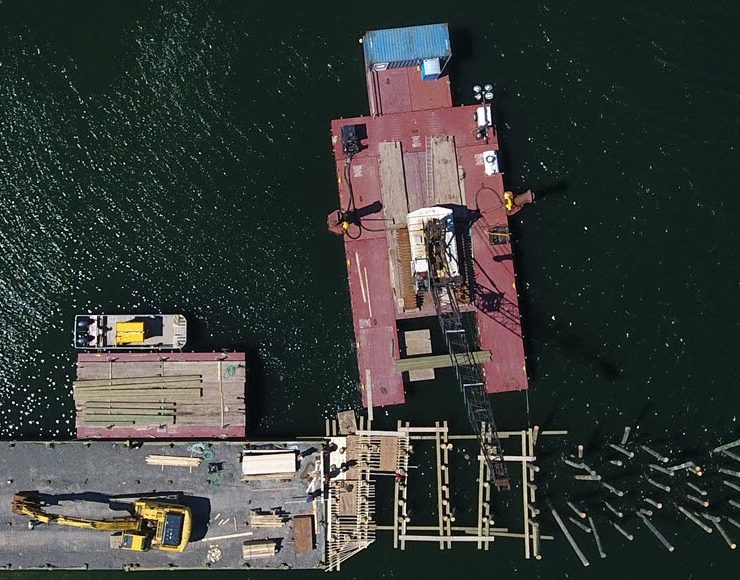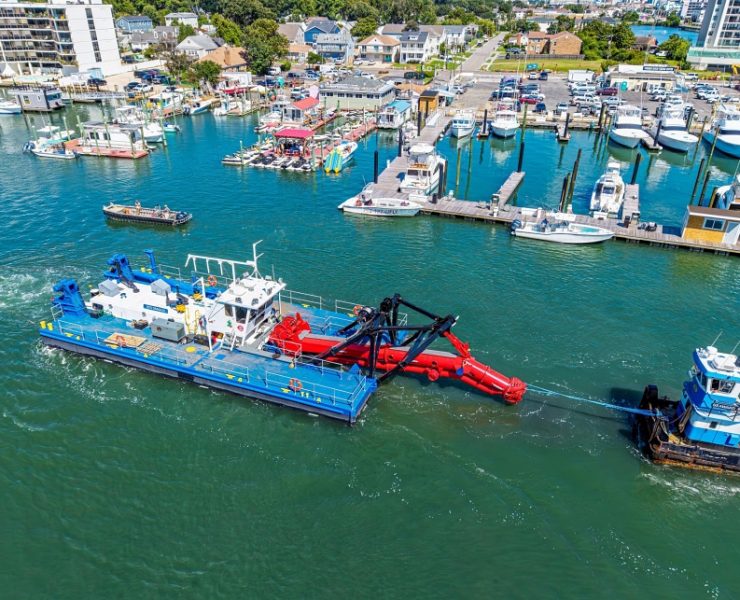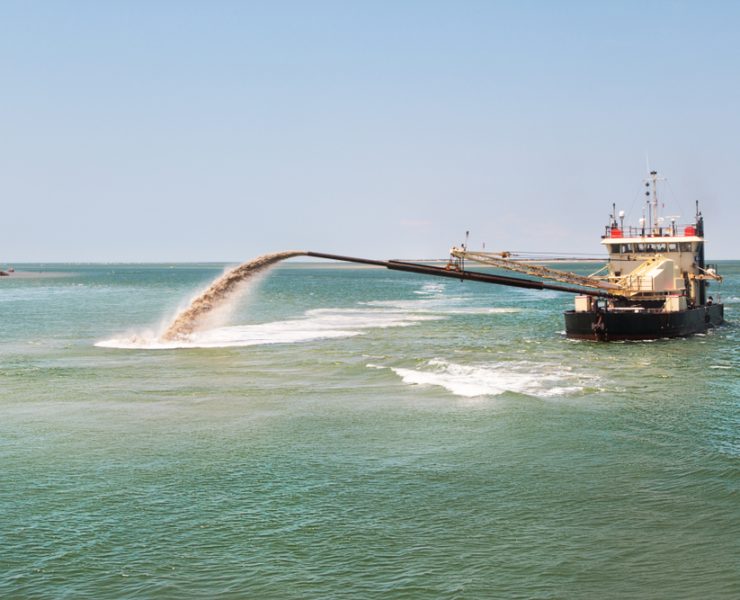Hardware and Fasteners Essentials for Secure Marine Structures
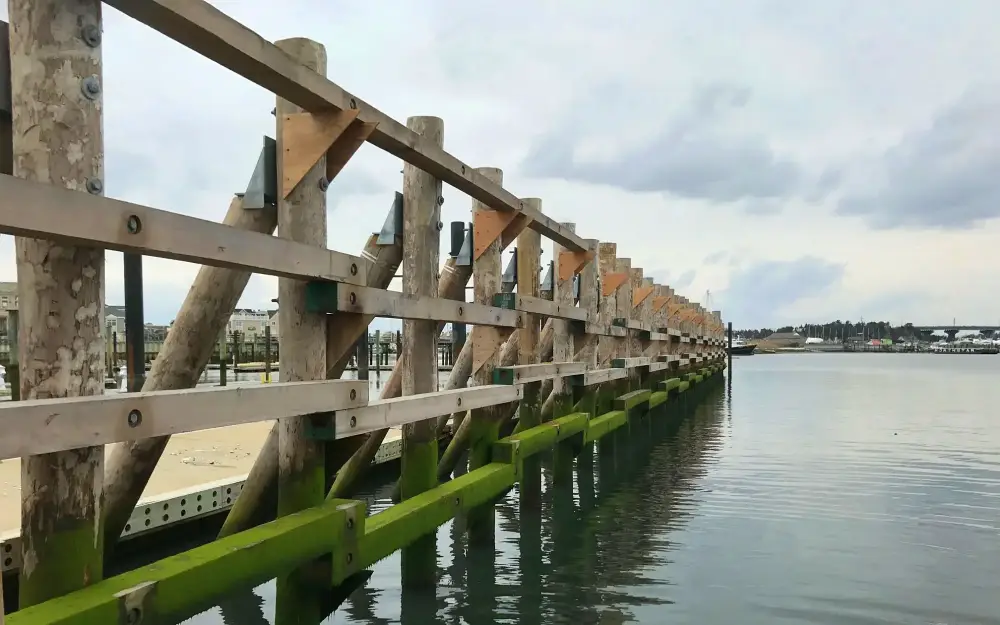

Marine construction demands a level of durability far beyond standard building environments, and the hardware used to connect each component plays a decisive role in long term performance. Every bolt, nut, washer, and structural fastener must withstand saltwater exposure, tidal movement, vibration, and the corrosive nature of marine environments. When the wrong materials are used or fasteners fail prematurely, the entire structure is put at risk. High quality marine grade hardware ensures stability, reduces maintenance, and supports the long service life expected from seawalls, piers, docks, and other waterfront structures.
Understanding Marine Structural Fasteners
The Challenges of Marine Exposure
Saltwater, chlorides, humidity, and continuous motion all accelerate corrosion and fatigue. These factors place intense stress on hardware components, especially in splash zones or areas exposed to daily tidal cycles. Marine fasteners are expected to maintain structural integrity even as waves, wind, and vessel impact create constant dynamic loading. Because structural connections are often hidden inside assemblies, deterioration can go unnoticed until failure occurs, which makes correct material selection essential.
Why High Quality Hardware Matters
Fasteners represent some of the smallest elements in a marine structure, yet they carry the most persistent forces. Using the right materials reduces the risk of joint loosening, pitting, or hidden corrosion that weakens the load path. Properly specified hardware extends service intervals and protects the investment made in piling, framing, and decking materials. A strong fastening system also improves safety by reducing the likelihood of structural movement or component separation over time.
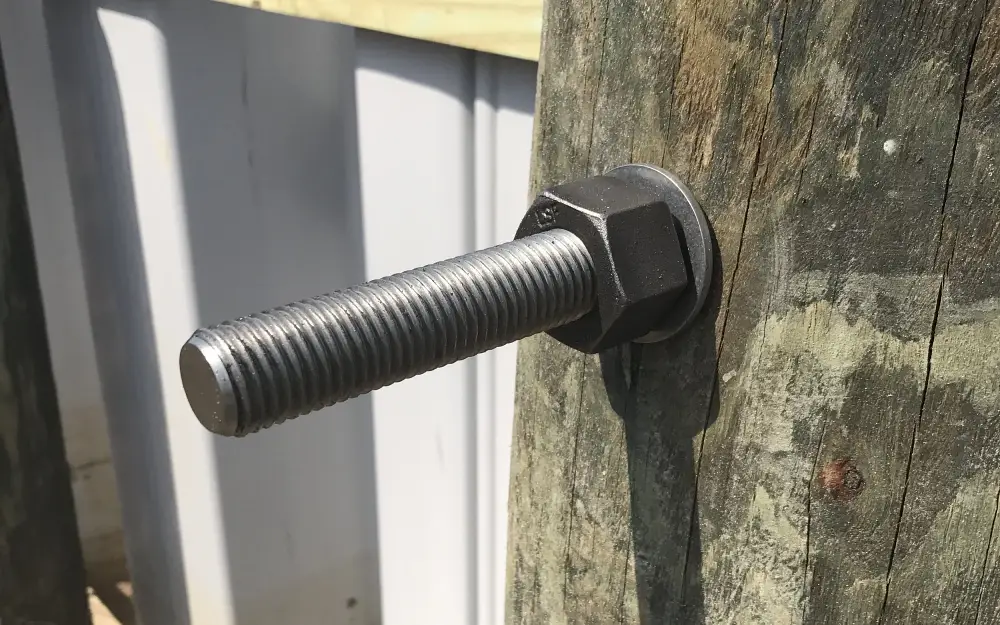
Material Selection for Marine Grade Hardware
Stainless Steel Grades in Marine Use
Stainless steel is a standard choice for marine hardware due to its corrosion resistance. Grade 316 stainless steel is widely preferred because it contains molybdenum, which provides improved resistance to pitting and crevice corrosion caused by chloride exposure. Grade 304 stainless steel performs well in general conditions but is not recommended for direct saltwater environments. Correct grade selection prevents premature weakening in areas continuously exposed to seawater or spray.
Specialty Alloys and Protective Coatings
More demanding marine zones sometimes require advanced alloys such as Monel, titanium, duplex stainless steels, or super duplex grades. These materials offer stronger resistance to chloride attack and enhanced mechanical performance. Protective coatings such as hot dip galvanizing, PTFE coatings, or insulating layers help slow corrosion and reduce metal-to-metal reactions. When chosen correctly, these alloys and coatings add years of durability to structures built in harsh coastal or offshore environments.
Design Considerations and Installation Practices
Managing Galvanic and Crevice Corrosion
Galvanic corrosion occurs when dissimilar metals make contact in the presence of an electrolyte like saltwater. This accelerates deterioration of the more reactive metal and can compromise joint integrity. Proper hardware selection, insulating washers, and compatible materials prevent this issue. Moisture trapped in tight gaps can also trigger crevice corrosion, even on corrosion resistant alloys. Designing joints that reduce trapped water helps limit this risk throughout the structure.
Installation Practices That Improve Longevity
Correct installation techniques are as important as material selection. Proper torque, complete thread engagement, and sealing details ensure that fasteners remain tight and secure. Anti seize compounds and protective sealants help limit moisture intrusion and reduce the effects of vibration. Routine inspection allows early identification of wear, rust, or loosening before they become more serious structural concerns.
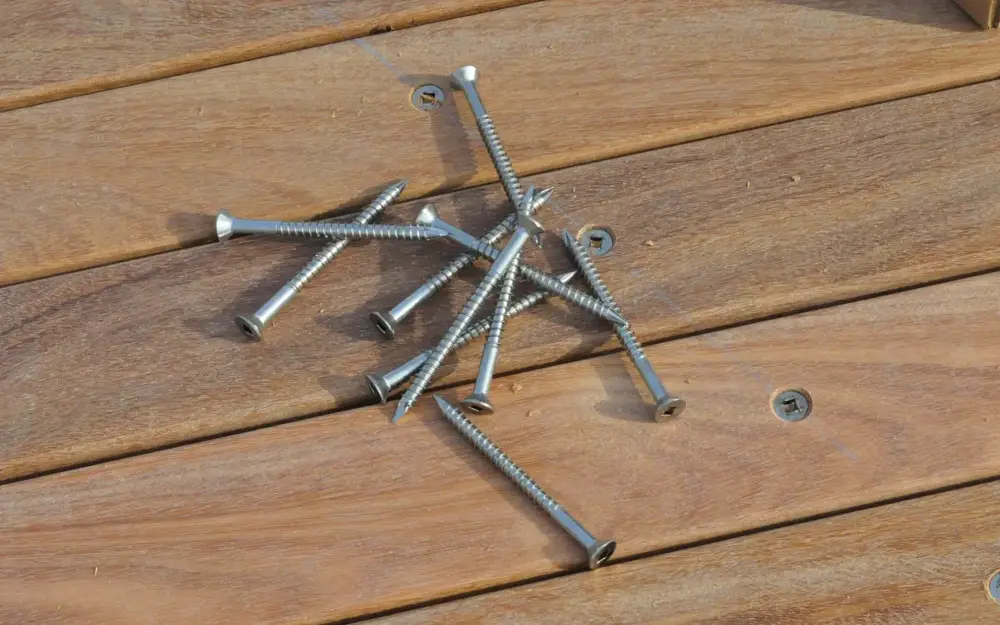
Integrating Hardware Into Marine Structural Systems
Selecting the Right Fastener for the Job
Marine structures incorporate a wide range of materials including treated timber, steel, composite panels, and aluminum components. The fasteners chosen must match both the load requirements and the environmental conditions. Anchor bolts, threaded rods, carriage bolts, and structural screws all serve different purposes in piers, bulkheads, and docks. Their material composition and coatings must support long term performance in wet, corrosive conditions.
The Importance of Reliable Supply Chains
Consistent access to certified materials and verified product specifications is essential for marine construction. Contractors often benefit from working with a trusted marine hardware supplier who can provide the required fasteners, coatings, and accessories in one place. Consolidated sourcing improves material compatibility, reduces procurement delays, and simplifies logistics across large or multi phase projects. Reliable supply chains also ensure documentation and coating details are consistent with engineering requirements.
Ensuring Long Term Integrity and Value
Reducing Maintenance Risk Over Time
Choosing durable materials reduces repair frequency, minimizes shutdowns, and helps structures meet their expected service life. Hardware that withstands saltwater exposure limits hidden deterioration that can weaken critical joints. Using corrosion resistant fasteners prevents early degradation and supports long term structural alignment under tidal movement and continuous loading.
Building Durable Marine Infrastructure
Strong marine infrastructure depends on the relationship between material selection, proper installation, and routine maintenance. When fasteners are specified with full awareness of the marine environment, the structure gains lasting stability and performance. With the right hardware, contractors can build docks, seawalls, piers, and walkways that stand up to decades of demanding coastal conditions while reducing overall lifecycle cost.


